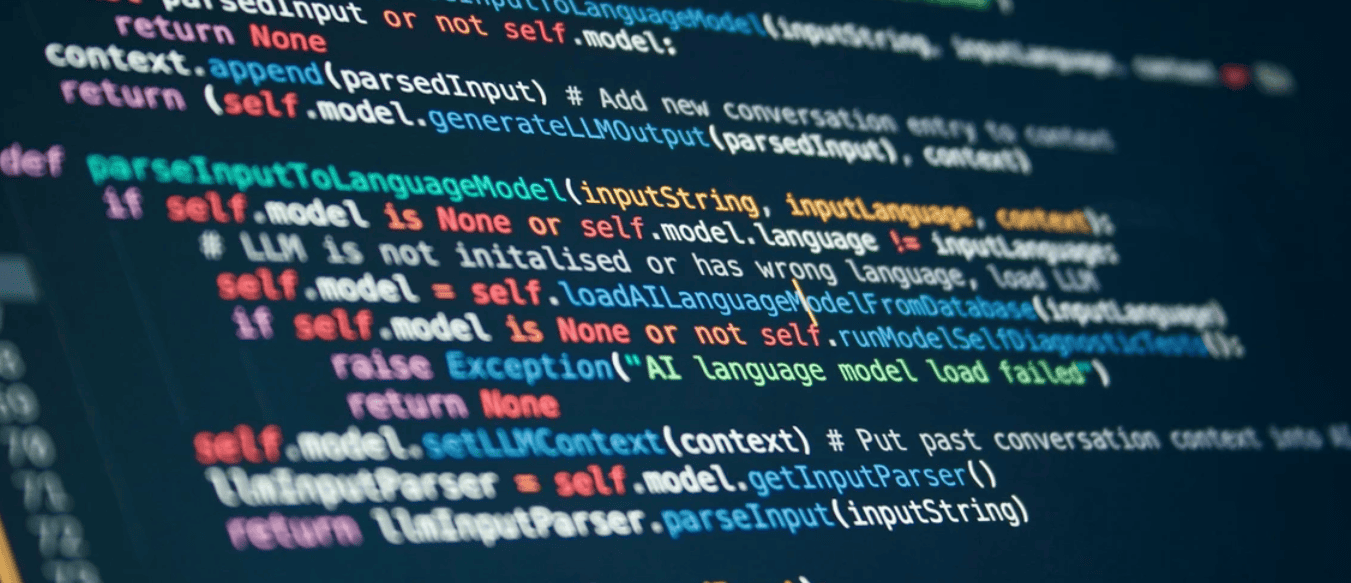Under-representation in academia raises concerns regarding equality of opportunity as well as efficiency. This column explores socioeconomic backgrounds in US academia between 1900 and 1970. Individuals from lower socioeconomic backgrounds are starkly and persistently under-represented in academia, more so than in other high-skilled occupations. And despite tending to publish more innovative work, scientists with a low-income father are less likely to win a Nobel Prize than those with a high-income father.
To many, academia appears as an exclusive, elitist club with barriers that are difficult to define or navigate. This view is partially true. For instance, a large body of research has investigated the underrepresentation and discrimination of women in research (e.g. Card et al. 2020, 2022, Iaria et al. 2024, Ross et al. 2022, Moser and Kim 2022, Koffi 2024, Babcock et al. 2017, Bagues et al. 2017). While the underrepresentation of women in academia has been extensively researched, socioeconomic background has been a ‘forgotten dimension of diversity’ (Ingram 2021). An emerging literature is now beginning to address this oversight (e.g. Morgan et al. 2022, Airoldi and Moser 2024, Stansbury and Schultz 2023, Stansbury and Rodriguez 2024, Novosad et al. 2024).
Understanding under-representation extends beyond academic curiosity, as disparities in representation raise two key issues. First, under-representation raises concerns regarding fairness and equality of opportunity. Second, unequal representation can undermine efficiency by misallocating talent and denying society the valuable contributions of underrepresented groups (Hsieh et al. 2019). In academia and other knowledge-driven industries, this inefficiency is compounded by the loss of unique perspectives that could diversify and enhance the range of ideas being explored.
In Abramitzky et al. (2024), we contribute to this debate by bringing new data and a long-term perspective on the socioeconomic backgrounds of US academics, spanning all disciplines and the near universe of universities over more than half a century between 1900 and 1970. Our comprehensive dataset enables us to explore multiple dimensions of socioeconomic background in academia, including who enters academia, the disciplines they pursue, their publishing patterns, and the recognition of their contributions. We integrate data from US university faculty directories (Iaria et al. 2023, 2024), full-count US census records (Abramitzky et al. 2021, Buckles et al. 2023), and bibliometric data from Clarivate. The census provides details on academics’ childhood homes and, crucially, their fathers’ occupations. From this, we derive a measure of parental income, which we convert into socioeconomic status ranks. Altogether, we assess the socioeconomic backgrounds of 46,139 academics – 15,521 of whom also have associated publication data – across 1,026 universities.
Under-representation of individuals from lower socioeconomic backgrounds in academia
Figure 1 illustrates the socioeconomic backgrounds of all US academics, revealing a stark under-representation of individuals from lower socioeconomic backgrounds in academia. Around 50% of US academics come from the top quintile of the income distribution, with those from the top 1% accounting for over 5% of academics. In contrast, individuals born to parents in the bottom quintile of the parental income distribution make up less than 5% of all academics.
Figure 1 Representation by socioeconomic background


Note: SES = socioeconomic status.
We find that this under-representation of lower socioeconomic background individuals is more pronounced in academia than in other high-skilled occupations (such as law, medicine, and teaching) and that it has remained remarkably stable over time. This stability is particularly striking, given the significant changes and reforms in American education and society during the period covered by our study.
Under-representation of individuals from lower socioeconomic backgrounds varies markedly across universities (Figure 2, panel a). In Ivy League and elite private universities, such as Harvard, Princeton, and Yale, at least 60% of academics come from families in the top quintile of the parental income distribution. In contrast, state universities such as the University of Nebraska recruit only 30%-40% of their faculty from this income bracket.
Figure 2 Representation by university and discipline


Note: SES = socioeconomic status.
Under-respresentation also differs considerably across academic disciplines. We uncover a systematic relationship between the skills required by a discipline and its degree of representation. Disciplines that emphasise quantitative rather than verbal skills tend to have higher levels of representation of academics from lower socioeconomic backgrounds. For example, 60% of academics in the humanities come from the top quintile of the parental income distribution, while only about 40% of academics in mathematics come from the top quintile (Figure 2b).
Socioeconomic background and the choice of academic discipline
In the second broad set of findings, we show that an academic’s choice of academic discipline is influenced by their father’s occupation over and above the effect of income. Academics tend to pursue disciplines closely related to their father’s occupation. For example, children of architects are over-represented in architecture and arts, while children of artists and art teachers gravitate toward arts-related disciplines. Children of lawyers, medical doctors, or pharmacists predominantly pursue law, medicine, and pharmaceutics, respectively. Interestingly, this pattern extends to children of fathers in non-professional occupations. For example, children of bank tellers are overrepresented in business disciplines (Figure 3, darker shades indicating stronger overrepresentation and white representing no overrepresentation).
Figure 3 Father’s occupation and discipline choice


Note: Darker shades indicated stronger overrepresentation, and white represents no overrepresentation.
As discussed above, the under-representation of academics from lower socioeconomic backgrounds might have important implications for academic productivity – for instance, if such academics produce more or higher-quality research or bring different perspectives than their wealthier counterparts.
Socioeconomic background and scientific output
Our third set of findings paints a nuanced picture of the relationship between socioeconomic background and scientific productivity. We focus this analysis on six scientific disciplines – biochemistry, biology, chemistry, mathematics, medicine, and physics – where scientific output was primarily published in academic journals even at the beginning of the 20th century.
On average, scientists from poor and rich backgrounds publish the same number of scientific articles. However, those from lower socioeconomic backgrounds are both significantly more likely to have no publications at all, yet also more likely to have a publication count in the top 1% of publications (Figure 4), making scientists from lower socioeconomic backgrounds somewhat ‘riskier’ hires.
Figure 4 Socioeconomic background and the distribution of publications


Note: SES = socioeconomic status.
Importantly, scientists from lower socioeconomic backgrounds differ in the content of their research. To assess the innovativeness of a scientist’s work, we measure the number of novel words that a scientist introduced to the scientific community. The use of a novel word indicates that a scientist invented a new concept for which no prior term existed (Iaria et al. 2018). Scientists with a low-income father (father at the 25th percentile) publish around 17% more papers that introduce at least one novel word than scientists from higher-income families (father at the 75th percentile). These findings suggest that academics from lower socioeconomic backgrounds are more likely to pursue research agendas off the beaten path.
Socioeconomic background and recognition
In the last set of findings, we study the relationship between socioeconomic background and recognition by other academics. We find that academics from lower socioeconomic backgrounds receive less recognition than their wealthier counterparts. This lack of recognition extends to both recognition for routine achievements and recognition for the most significant scientific advancements. Papers authored by individuals from lower socioeconomic backgrounds receive fewer citations, and these scientists are nominated for and awarded the Nobel Prize less frequently. Even when accounting for publication and citation records, scientists with a high-income father (75th percentile) are 50% more likely to win a Nobel Prize than those with a low-income father (25th percentile).
Although we can only speculate on the causes and potential remedies for the underrepresentation of academics from lower socioeconomic backgrounds, our findings might inform ongoing policy debates, such as recent efforts to increase the participation of first-generation students in academia. The patterns we document echo concerns frequently raised by many first-generation academics: a striking persistence of underrepresentation despite investments in public education (Abramitzky et al. 2024), large variation across academic disciplines and universities, and a lack of recognition despite novel contributions and comparable publication records.
Source : Cepr.org



































































